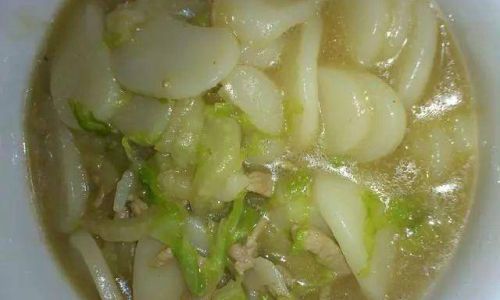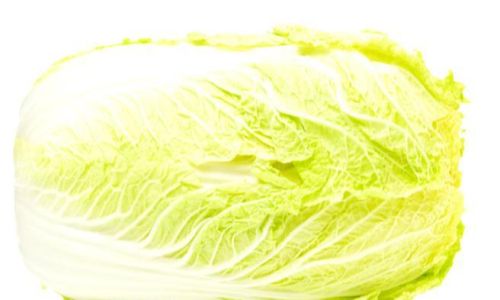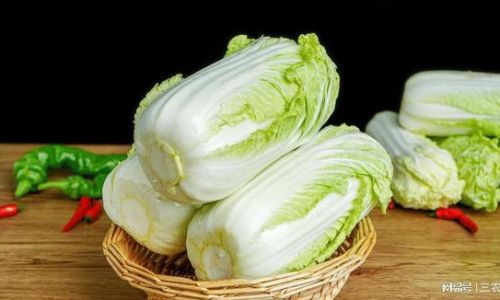Introduction
Ice shrimp, also known as frozen shrimp, are a staple in kitchens worldwide due to their versatility, delicate flavor, and convenience. Whether you’re preparing a seafood pasta, a zesty shrimp cocktail, or a fragrant stir-fry, the quality of your shrimp can make or break the dish. However, navigating the frozen seafood aisle can be daunting. With countless brands, sizes, and packaging claims, how do you ensure you’re bringing home the best ice shrimp possible? This guide delves into the nuances of selecting, evaluating, and storing ice shrimp, empowering you to become a discerning shopper and elevate your culinary creations.
Understanding Ice Shrimp: Species and Sourcing
Before diving into selection criteria, it’s essential to grasp the basics of shrimp species and sourcing. The term “ice shrimp” typically refers to shrimp that have been frozen shortly after harvest to preserve freshness, texture, and flavor. Common species include:
- White Shrimp (Litopenaeus setiferus): Native to the Atlantic and Gulf coasts, these shrimp have a mild, sweet flavor and firm texture.
- Pink Shrimp (Farfantepenaeus duorarum): Found in warmer waters, they’re smaller with a delicate taste.
- Tiger Shrimp (Penaeus monodon): Recognizable by their striped shells, they’re larger and have a robust flavor.
- Black Tiger Shrimp: A variant of tiger shrimp with a deeper color and meatier texture.
- Rock Shrimp (Sicyonia brevirostris): Smaller with a lobster-like texture, often sold peeled and frozen.
Wild-Caught vs. Farm-Raised
The debate between wild-caught and farm-raised shrimp hinges on sustainability, taste, and cost. Wild shrimp are harvested from natural habitats, often yielding a brinier flavor, while farm-raised varieties are cultivated in controlled ponds, offering consistency and affordability. However, farming practices vary widely; look for certifications like the Aquaculture Stewardship Council (ASC) label for eco-friendly options.

Evaluating Freshness: Key Visual and Sensory Cues
Freshness is non-negotiable when selecting ice shrimp. Even frozen shrimp should exhibit signs of quality. Here’s what to look for:
- Color: High-quality shrimp should have a vibrant, translucent hue. Avoid shrimp with dull, grayish, or yellowish tints, which may indicate freezer burn or improper handling.
- Shell Integrity: The shell should adhere tightly to the flesh. If it peels off easily, the shrimp may have been thawed and refrozen, compromising texture.
- Texture: Gently press the shrimp through the packaging. It should feel firm, not mushy or brittle. Soft spots suggest degradation from improper freezing.
- Odor: While frozen, shrimp should have a mild, slightly briny scent. Overpowering “fishy” or ammonia-like odors signal spoilage.
Decoding Packaging Labels and Claims
Packaging often holds critical clues about quality. Familiarize yourself with these terms:
- “IQF” (Individually Quick Frozen): Shrimp are frozen separately, preventing clumping and allowing for easy portioning. This method preserves texture better than block-frozen shrimp.
- “Headless, Shell-On” vs. “Peeled and Deveined”: Headless, shell-on shrimp retain more flavor but require more prep. Peeled options save time but may lose moisture during freezing.
- “No Preservatives” or “Additive-Free”: Some shrimp are treated with sodium tripolyphosphate (STP) to retain water, increasing weight but diluting flavor. Opt for additive-free labels when possible.
- Country of Origin: Shrimp from regions with strict fishing regulations (e.g., Norway, Canada) may offer higher quality. Avoid products with vague labeling like “Product of Multiple Countries.”
Size Matters: Grading and Portion Control
Shrimp are sized by count per pound (e.g., “21/25” means 21-25 shrimp per pound). Smaller counts (e.g., 16/20) indicate larger shrimp, while larger counts (e.g., 41/50) denote smaller ones. Consider your recipe:
- Large Shrimp (16/20, 21/25): Ideal for grilling, baking, or as a main dish.
- Medium Shrimp (31/35, 36/40): Versatile for pasta, salads, or stir-fries.
- Small Shrimp (41/50, 51/60): Perfect for soups, ceviche, or appetizers.
Avoiding Common Pitfalls: What to Steer Clear Of
Even seasoned shoppers can fall for marketing gimmicks. Watch out for these red flags:

- Excessive Ice Glaze: A thin layer of ice protects shrimp, but thick glazes (often labeled “with 10% added solution”) inflate weight and mask quality.
- Unclear Expiration Dates: Check the “best by” date and ensure packaging is intact. Frost crystals inside indicate thawing and refreezing.
- Discounted “Mystery” Shrimp: If the species, origin, or catch method isn’t specified, proceed with caution.
Storage and Thawing: Maximizing Shelf Life
Proper storage extends shrimp’s lifespan and maintains quality:
- Freezer Longevity: Unopened packages last 6-12 months. Once opened, transfer shrimp to airtight containers and use within 3 months.
- Thawing Methods:
- Refrigerator Thawing: Slowest but safest; place shrimp in a bowl and thaw overnight.
- Cold Water Bath: Submerge sealed packaging in cold water for 30-45 minutes, changing water every 15 minutes.
- Avoid Microwaving: Uneven heating can partially cook shrimp, ruining texture.
Beyond the Store: Ethical and Sustainable Choices
Shrimp farming has faced criticism for environmental impact, including habitat destruction and antibiotic use. Support sustainable practices by:
- Choosing Certified Products: Look for labels like MSC (Marine Stewardship Council) for wild shrimp or ASC for farm-raised.
- Avoiding “Blacklisted” Species: Some shrimp species, like those from Southeast Asian farms, may be linked to deforestation. Research brands before purchasing.
Creative Cooking: From Classic to Innovative
Great shrimp deserves great preparation. Here’s how to highlight their quality:
- Grilling: Marinate large shrimp in olive oil, garlic, and herbs, then skewer and grill over high heat.
- Ceviche: Toss small shrimp with citrus juice, onions, and cilantro for a refreshing appetizer.
- Stir-Fry: Sauté medium shrimp with ginger, garlic, and vegetables for a quick weeknight meal.
- Shrimp Stock: Simmer shells with aromatics to create a flavorful base for soups or risotto.
Health Benefits: Nutritional Powerhouses
Shrimp are low in calories (about 84 per 3-ounce serving) yet packed with:

- Protein: 18 grams per serving, supporting muscle health.
- Omega-3 Fatty Acids: Reduce inflammation and boost heart health.
- Vitamins and Minerals: B12, selenium, and phosphorus for energy and immunity.
Troubleshooting: Common Issues and Solutions
- Mushy Texture: Overcooking or improper thawing. Cook shrimp until just opaque, and avoid prolonged thawing.
- Fishy Aftertaste: Spoilage or poor handling. Discard shrimp with off odors or flavors.
- Tough Shrimp: Old age or freezing methods. Stick to reputable brands with clear sourcing.
Conclusion: Elevating Your Shrimp Game
Selecting ice shrimp is an art that balances knowledge, intuition, and a dash of skepticism. By prioritizing freshness, understanding labeling, and supporting sustainable practices, you’ll transform every meal into a celebration of the sea’s bounty. Whether you’re a home cook experimenting with new recipes or a seasoned chef perfecting a signature dish, the right shrimp can turn ordinary into extraordinary. So next time you’re faced with a freezer aisle, remember these tips—and savor the difference quality makes.






0 comments